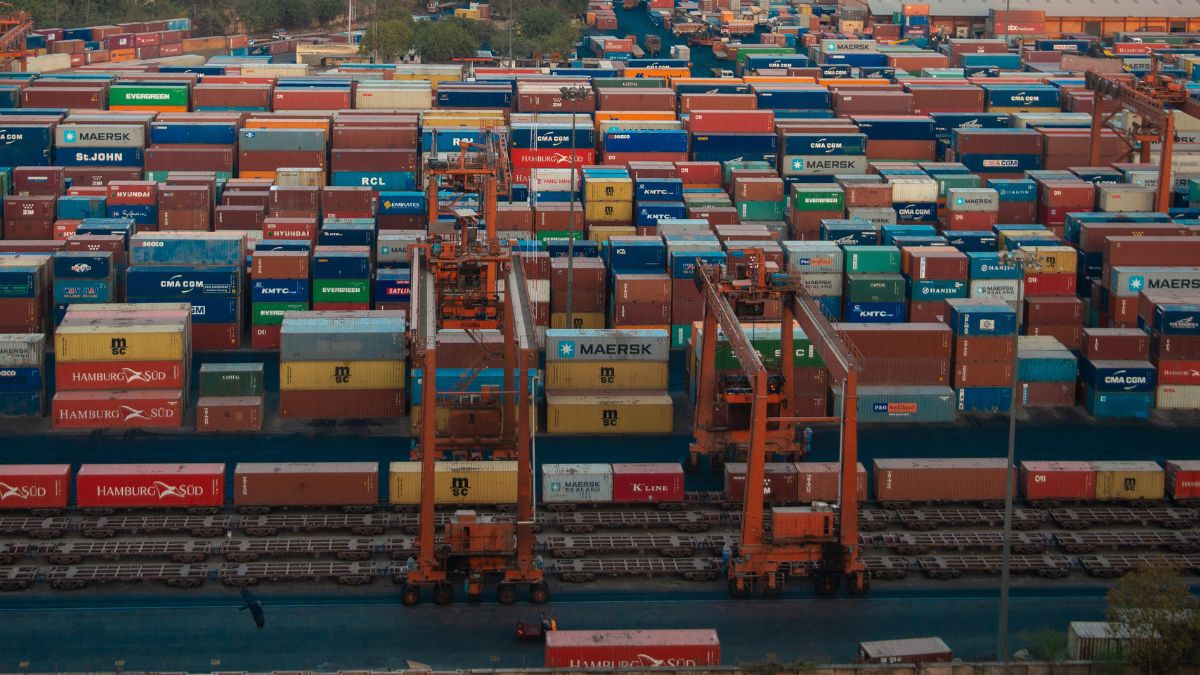Increasing coastal cargo is the need of the hour: Here is why

Have you ever wondered about how the imported smartphone in your hand or the branded t-shirt you're wearing got to you? Chances are, they travelled thousands of kilometres across the ocean in a massive container ship.
This is maritime transport, and for a country like India, it is the absolute lifeline for both global and domestic trade.
India’s 12 Major Ports (and more coming soon) are, therefore, the nation’s critical gateways... you can call them the backbone of our economy.
Two main streams of cargo: Overseas vs Coastal
Every piece of cargo handled by a port falls into one of two main categories, depending on its origin and destination.
Overseas cargo refers to goods that are part of global or international trade, moving between India and other countries.
Coastal Cargo means domestic trade, where goods are transported between different ports within India.
For the fiscal year from April 2024 to March 2025 (or FY2025), our Major Ports handled a staggering total of 853.56 million metric tonnes (MMT) of cargo, official data from the Union Ministry of Ports, Shipping, and Waterways revealed.
Among them, 77.06 per cent was overseas cargo and 22.94 per cent was coastal cargo. Safe to say, international trade makes up more than three-quarters of all cargo handled at the nation’s major ports.
Cutting the dominance of overseas cargo
This lopsided ratio of overseas cargo to coastal cargo means that the Indian economy is tied to our ability to export goods, be it textiles, oil or generic pharma products.
Union Minister of Ports, Shipping and Waterways (MoPSW) Sarbananda Sonowal’s latest moves, including the recently enacted Coastal Shipping Act 2025, are all part of a strategic shift to improve domestic cargo in line with the Maritime Amrit Kaal Vision 2047.
ALSO READ | How the Coastal Shipping Act 2025 is opening India’s coastline to growth
For instance, the Coastal Shipping Act sets up a single, unified licence for Indian-owned ships, cutting approval times from weeks to days, and pushing more operators to invest in coastal routes.
Currently, coastal cargo accounts for just a minute part of our total freight movement. The Centre wants to lift it to 230MMT by 2030, easing pressure on roads and rails, and cutting costs, given that maritime cargo movement is around 40 per cent cheaper per kilometre than road transport.
Maritime